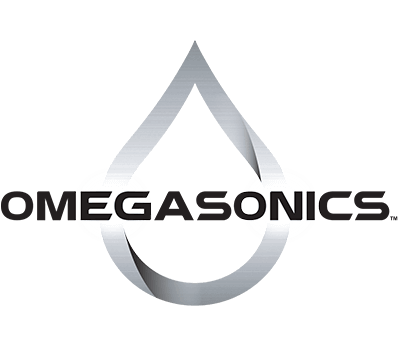Ultrasonic cleaning systems are excellent at what they do, and what they do is clean. The advantages of using an ultrasonic cleaning system are many and varied. For example. They can be used with almost any materials and can remove a massive number of contaminants in a very short time.
With the right combination of heat, detergent and time, there’s almost nothing that an ultrasonic cleaner cannot get clean. There, however, are a lot of crazy myths and misinformation about the use of ultrasonic cleaners.
In the video below, Frank Pedeflous busts a number of the most common myths about what ultrasonic cleaning systems can and cannot do.
Myth #1 – Aluminum can’t be used in an ultrasonic cleaner. This myth is entirely false. Ultrasonic systems can handle almost any metal from aluminum to stainless steel to magnesium; even brass and titanium are safe in an ultrasonic system, provided that you use a compatible detergent. These systems are very versatile, and there are few if any metals that they cannot handle.
Myth #2 – Ultrasonic cleaning systems will cause damage to solder joints on circuit boards. This rumor is also quite false. Contrary to popular belief, ultrasonic cleaners do not shake dirt off the parts, which could damage a PCB, but instead create microscopic cavitation bubbles which dislodge contaminants and draw them away from the surface. As such, if ultrasonic systems are set to the proper cleaning frequency, they, in fact, are a very safe way of cleaning PCBs.
Myth #3 – Ultrasonic cleaning systems just don’t work. This rumor is all-too-common, and fortunately is also completely untrue. It is more than likely that this myth originated with someone misusing the machinery in some way, by using the wrong chemicals, too short or too long of a cleaning time, the wrong temperature settings, or a machine that was too small for the job at hand. If used properly, with the right combination of chemicals, cleaning time and temperature, ultrasonic cleaning system can handle just about any job, and handle it well.
Myth #4 – The longer you clean equipment, the cleaner it becomes. This rumor has a grain of truth. Generally speaking, just as with any cleaning system, if you run a cleaner for a full cycle the equipment is clean. Do you need to run to run the equipment for more time? No, once the contaminants are gone, the equipment is clean. If the equipment is entirely clean, going through another cycle does not make a difference.
Myth #5 – Ultrasonic cleaners don’t sterilize. This claim is 100% false. In fact, many dentist offices and other medical practices use ultrasonic cleaners to clean their equipment and parts. These cleaning systems can completely sterilize to remove bacteria, mold, and any other contaminant.
Myth #6 – Parts have to be wiped before placing in an ultrasonic cleaner. This claim is somewhat false. Getting into the habit of wiping parts down does help keep the machine clean and create less cleaning times. The cleaner, however, can remove any amount of dirt and grime all on its own. There is no requirement to “pre-clean” parts.
